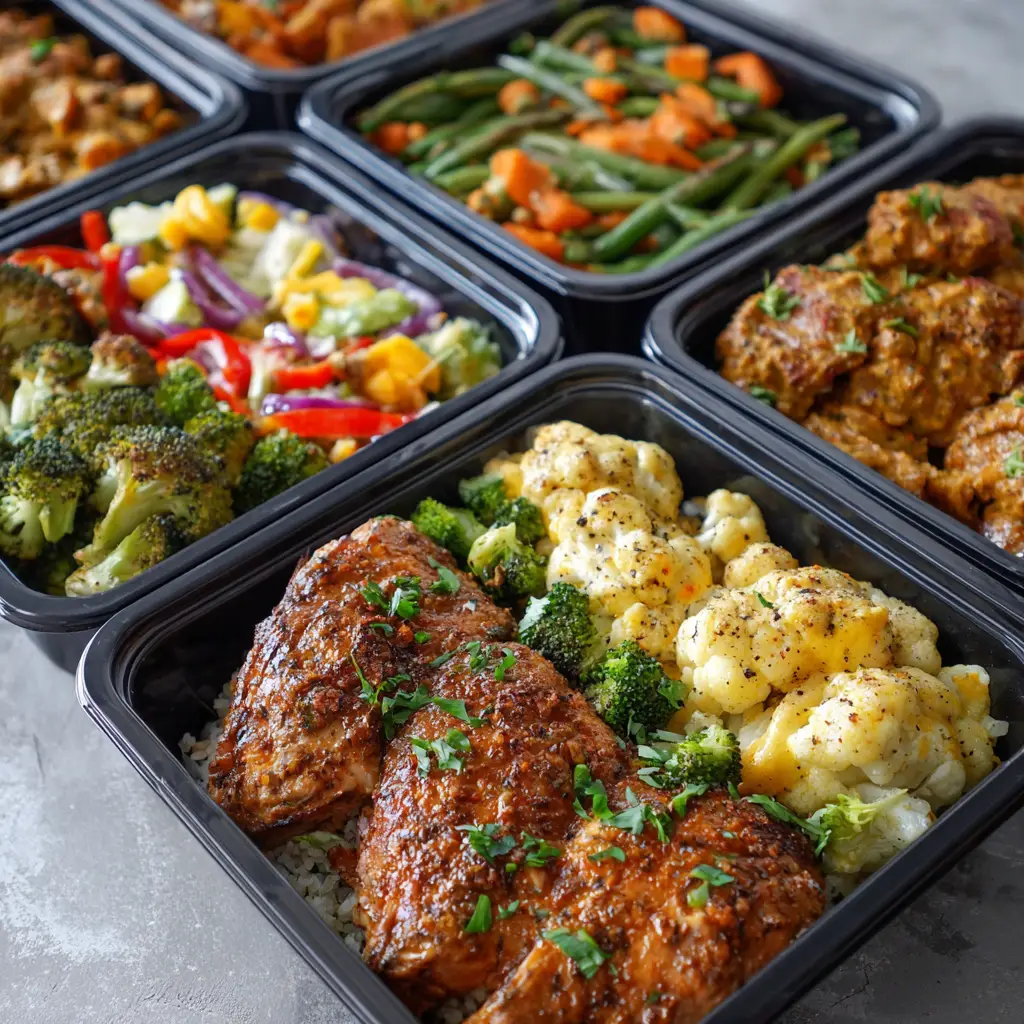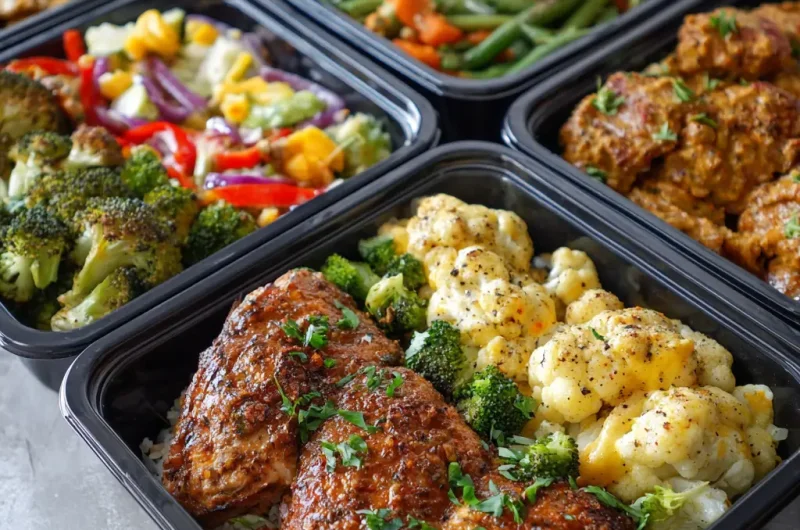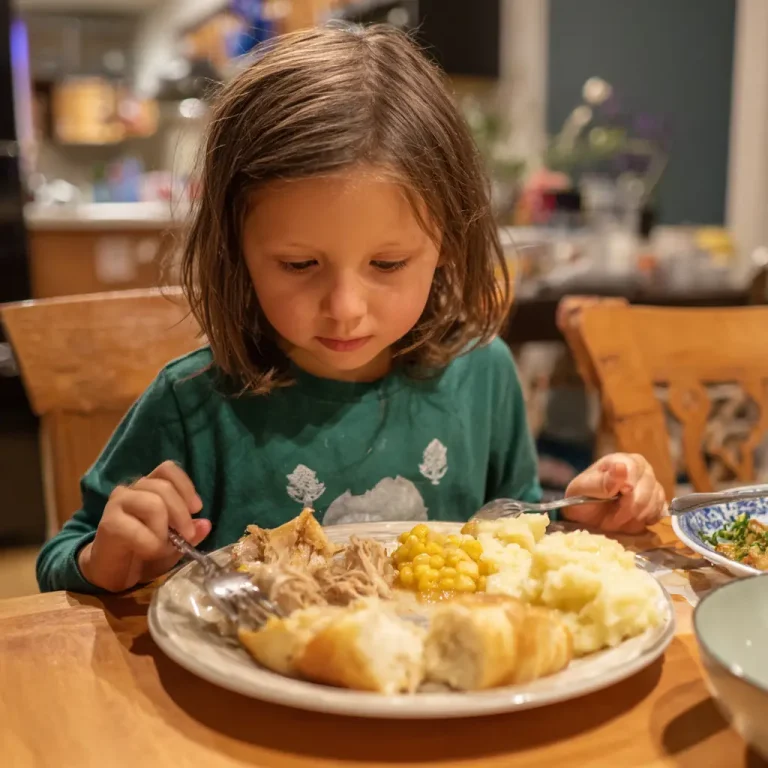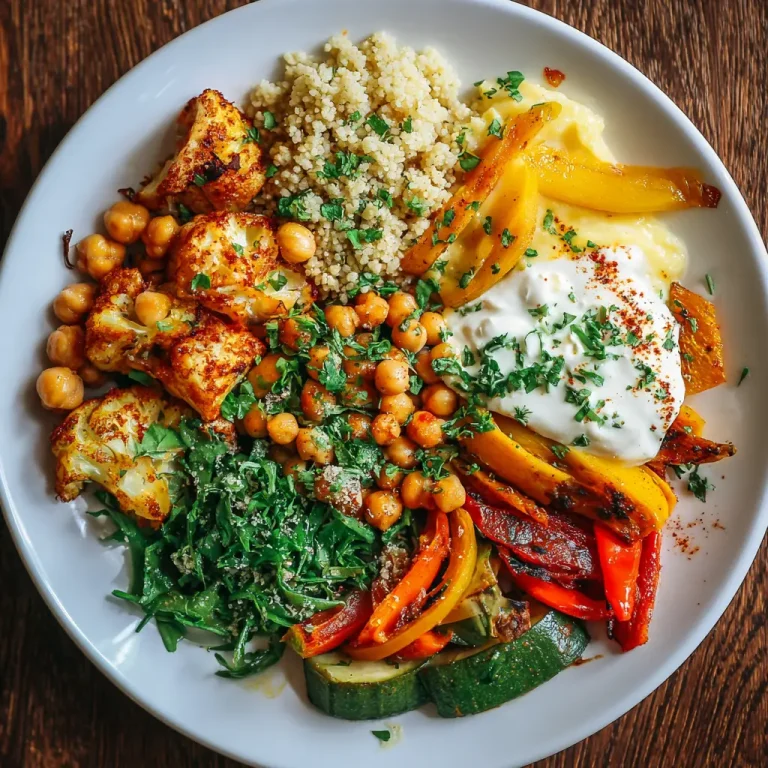Freezer Friendly Meal Prep Recipes for Busy Weeks | Easy and Healthy Meals
Introduction
Cooking ahead of time and freezing meals brings freedom to busy lives. You can walk into your kitchen after a long day and grab a ready to heat lunch or dinner in seconds. The effort you put in one afternoon can save hours during the week. The idea of freezer friendly meal prep often sounds like a convenience trick. It becomes so much more when your taste buds remain happy and your body gets good fuel. Imagine jars or trays lined up in your freezer. You know exactly what is inside each one. You are not guessing what to eat or rushing to cook. You rest easier knowing you have healthy homemade options waiting. That sense of comfort matters. The process gives you control of ingredients and portion sizes. It cuts down food waste because you use everything at once and store leftovers. You save money because take out no longer tempts you on tired evenings. You gain more predictable nutrition. You gain time. Cooking in batches slows your mind. It gives a simple pleasure in measuring, stirring, tasting. You can fill your freezer with meals that feel hearty and fresh when reheated. You can change flavors from meal to meal. This article guides you in creating a freezer friendly meal prep recipe that feels like home. You learn how to choose ingredients, build flavor, freeze carefully, customize what you love. You gain an easy recipe that you can adjust. Let us begin.

Ingredients Needed
Below is a table listing the ingredients and their approximate calorie counts per serving as balanced within a typical freezer friendly recipe.
| Ingredient | Approximate Calories per Serving |
|---|---|
| Chicken breast | 165 kcal |
| Brown rice | 215 kcal |
| Broccoli florets | 55 kcal |
| Carrot slices | 25 kcal |
| Olive oil (1 tablespoon) | 120 kcal |
| Garlic cloves (2 cloves) | 9 kcal |
| Low sodium soy sauce (1 tbsp) | 10 kcal |
| Salt (pinch) | 0 kcal |
| Black pepper (pinch) | 0 kcal |
| Lemon juice (1 tsp) | 1 kcal |
| Optional chili flakes (pinch) | 0 kcal |
That amounts to around 600 calories per serving. You can adjust portion size up or down by adjusting rice or chicken volume.
Step‑by‑Step Cooking Instructions
- Rinse brown rice under cold running water until water runs clear. Bring two cups water to boil in a medium pot. Add one cup brown rice. Cover and reduce heat to low. Cook for 40 minutes until water is absorbed and rice is fluffy. Set aside and let cool.
- While rice cooks, wash broccoli florets and slice carrots thinly. Heat a tablespoon olive oil in a large skillet over medium heat. Add garlic cloves that are crushed with your fingers. Stir until fragrant. Add carrot slices. Cook two minutes stirring often. Add broccoli florets. Continue cooking three to four minutes until vegetables become bright and slightly tender.
- In the same skillet push vegetables to one side. Add diced chicken breast to the empty side of the pan. Season with a pinch of salt and a bit of black pepper. Cook on medium until lightly browned on all sides. Stir vegetables and chicken together. Pour in low sodium soy sauce and lemon juice. Mix well. Let cook one minute to let flavors combine. Taste and adjust a pinch of salt or pepper if needed. Turn off heat and let mixture rest a moment.
- Lay out four freezer safe containers. Divide rice evenly among containers. Spoon chicken and vegetable mixture over rice. Let containers cool at room temperature until just warm not hot. Seal lids tightly. Label each container with date.
- Place containers in freezer. Freeze flat on shelf. For faster thawing and neat stacking. After dishes freeze fully you can store upright or stack them.
- When you want one simply remove from freezer. Let it sit in fridge overnight to thaw. Or reheat from frozen. Microwave on medium power for five to six minutes. Stir halfway through. Check temperature. Heat until steaming. Or reheat in a preheated oven at 180 C for around 20 minutes if container is oven safe.

Tips for Customizing the Recipe
You can tailor this meal to your taste or dietary needs. Use turkey breast instead of chicken or swap in tofu for plant based protein. Replace brown rice with quinoa or barley for nutty variation. Use cauliflower rice to cut calories and carbs. Change vegetables seasonally. Swap broccoli and carrots for zucchinis, bell peppers, mushrooms, spinach. Add spices such as cumin coriander paprika or curry powder for bold flavor changes. Stir in tomato paste or canned diced tomatoes for saucy texture. Toss in beans or lentils for fiber rich option. Sprinkle fresh herbs before serving. Add cheese on top after reheating. Mix in nuts seeds or dried raisins. Use coconut aminos instead of soy sauce for gluten free option. Swap olive oil for coconut or avocado oil based on preference. You can make spicy by adding chili flakes sriracha or cayenne. Adjust the calorie target by increasing vegetables to fill containers with low calorie volume. Increase rice for calorie dense option. Portion control by using smaller containers for lighter meals. Make family size by freezing in larger trays and cutting portions later. You can freeze in silicone molds to create single healthy cookie sized bites or egg muffin shapes with same base ingredients. You can blend cooked components into soup base and freeze cubes to thaw and add later for quick soups. You can double batch and freeze in mason jars for grab and go lunches. You can cook extra rice separately and freeze in flat bags so you can mix with this chicken vegetable blend on demand.
Nutritional Information
Each serving provides a balance of lean protein fiber rich carbohydrates and vegetables. Chicken breast gives around 165 kcal of protein. Brown rice contributes quality carbs with fiber and around 215 kcal. Broccoli and carrots together add vitamins fiber and only around 80 kcal. Olive oil adds healthy fat and energy. Garlic and lemon juice provide micronutrients with minimal calories. Soy sauce adds flavor with minimal sodium if you use low sodium version. Per serving you get a meal of about 600 kcal. Protein content sits around 25 grams depending on chicken size. Fiber from rice carrots and broccoli runs around 5 to 6 grams. Fat stays moderate under 10 grams from the oil. Sodium remains manageable if you use low sodium sauces. You get vitamin c beta carotene folate potassium and B vitamins. You can shift numbers up or down by adjusting servings. Lower calories by using half rice and more veggie and protein. Boost calories by adding avocado cheese or extra grains. Nutrients shift accordingly but meal remains balanced.

Serving Suggestions
Serve this meal with a squeeze of fresh lemon for bright flavor. Add chopped cilantro parsley or green onion on top after reheating. Drizzle a spoonful of yogurt or tzatziki for creaminess. Offer warm naan or flatbread on the side. Serve with a simple green salad dressed in olive oil and vinegar. Add fresh fruit on the side for dessert and vitamin boost. Pass hot sauce or chili oil for spice lovers. Pair with iced tea lemon water or a light soup starter. You can serve it over greens instead of rice for a grain free bowl. Use whole grain or sprouted bread on the side to soak up juices. Add a cup of miso soup or bone broth for warming effect. You can plate it in a warmed bowl to keep food hot longer.
Freezer Friendly Meal Prep Recipes for Busy Weeks | Easy and Healthy Meals
Course: Blog4
servings15
minutes45
minutes600 kcal
kcalIngredients
2 boneless chicken breasts (about 300 grams)
1 cup brown rice (uncooked)
2 cups broccoli florets
1 large carrot, thinly sliced
1 tablespoon olive oil
2 garlic cloves, minced
1 tablespoon low sodium soy sauce
1 teaspoon lemon juice
Salt, to taste
Black pepper, to taste
Directions
- Cook the rice:
- Rinse the brown rice well. In a pot, add rice and 2 cups of water. Bring to a boil, then cover and simmer on low for about 40 minutes or until tender. Let cool.
- Sauté vegetables:
- Heat olive oil in a large skillet over medium heat. Add minced garlic and stir until fragrant. Add carrots and cook for 2 minutes, then add broccoli. Stir-fry for another 3 to 4 minutes.
- Cook the chicken:
- Move veggies to one side of the skillet. Add diced chicken to the other side. Season with salt and pepper. Cook until browned and fully cooked through.
- Combine flavors:
- Mix chicken and veggies together. Add soy sauce, lemon juice, and chili flakes (if using). Stir well and cook for 1 more minute.
- Assemble:
- Divide cooked rice into 4 freezer-safe containers. Top with chicken and veggie mix. Allow to cool before sealing.
- Freeze:
- Label containers with the date and freeze flat. Store up to 3 months.
- To Reheat:
- Thaw in the fridge overnight or microwave from frozen on medium for 5–6 minutes. Stir halfway through and ensure it’s hot throughout.
Recipe Video
Notes
- You can substitute chicken with tofu or turkey.
Add your favorite vegetables such as bell peppers or mushrooms.
Use quinoa or cauliflower rice for a low-carb variation.
Always cool meals before freezing to avoid condensation inside containers.
Frequently Asked Questions
Can I freeze this meal in bulk trays instead of individual containers
Absolutely you can freeze in one large baking dish and cut into portions once frozen. Wrap well with foil and plastic wrap to prevent freezer burn. Allow freezing fully before dividing.
How long does this meal stay good in the freezer
You can keep properly sealed meals for up to three months. After that quality may decline but food remains safe if kept continuously frozen.
Can I reheat from frozen safely
Yes. Microwaveable container allows reheating directly. Stir halfway and check center is hot. Oven reheating works from frozen but may take longer.
Is it safe to refreeze after thawing
Only if leftovers are not heated beyond safe range. Ideally thaw in fridge and heat once only. Do not refreeze after full reheating.
Can I prep vegetarian version easily
Definitely. Use tofu beans lentils or tempeh. Cook with same spices and vegetables. You may add extra oil for textures.
What can I do if I want lower sodium
Use no salt added products. Skip soy sauce or replace with splash of citrus and herbs. Taste and adjust gently.
Conclusion
You finish an afternoon of cooking with sense of calm. Your freezer holds meals that feel fresh and homey when reheated. You save time money worry and decision fatigue. You gain control over quality and nutrition every time you reach for one. Meal prep becomes inviting not chore. You adjust flavors and ingredients as you see fit. You turn a weekday chaos into small daily comforts. You gift your future self with nourishing food ready on demand. You prove that cooking ahead is simple smart and satisfying.





